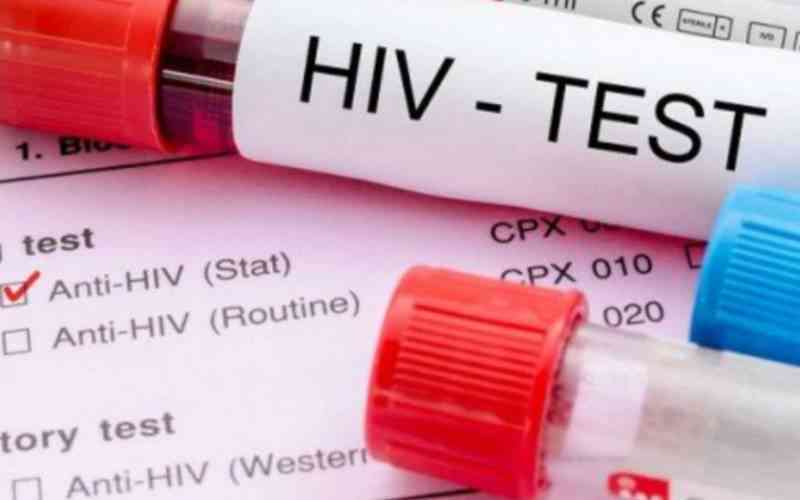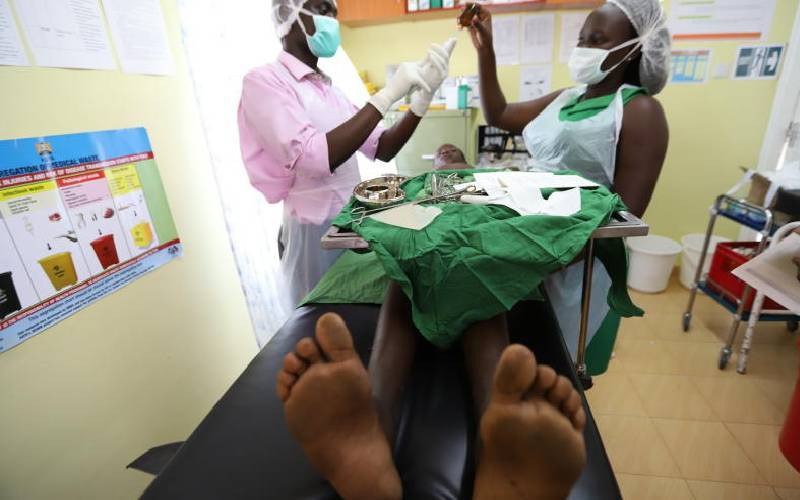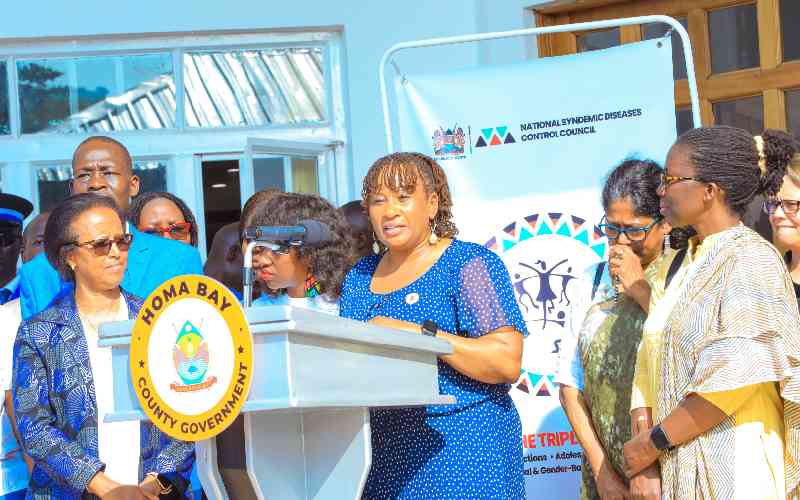
At least 61 people contracted HIV daily in 2022, a report by the National Syndemic Disease Control Council (NSDCC) shows.
These infections occur as Kenya pushes toward its ambitious goal of ending HIV transmission by 2030, a target aligned with global objectives.
Approximately 22,154 new HIV cases were recorded, with women making up the majority. Adolescents and young adults aged 15 to 24 accounted for 41 per cent of these infections.
Alarmingly, at least 4,474 children under the age of 15 were newly infected, with mother-to-child transmission remaining a significant concern despite prevention efforts.
Meanwhile, 5,122 men contracted the virus, adding to the overall burden of new cases.

According to Joab Khasewa, NSDCC Program Officer: "The number of people getting infected every day is a worrying trend at a time we are working towards elimination of the disease."
Khasewa adds that these statistics point to the vulnerability of young people, especially young women, in the face of HIV transmission.
The report also highlighted that 29 per cent of new infections occurred among sex workers, who continue to face stigmatisation.
Another 18 per cent were linked to men who have sex with men, a group Khasewa says faces social and legal barriers to accessing HIV prevention and care services.
"Stigma is a contributing factor, to individuals not accessing HIV treatment," notes the official.
Geographically, the spread of new infections is concentrated, with 66 per cent of the 22,154 new cases reported in just 15 counties, led by Nairobi, Kisumu, and Homa Bay.
These counties have historically had higher HIV prevalence rates, driven by factors such as urbanization, high population density, and socioeconomic disparities.

Stay informed. Subscribe to our newsletter
As of last year, over one million Kenyans were living with HIV, including about 67,896 children aged 0 to 14, who continue to require lifelong treatment and care.

Despite advancements in antiretroviral therapy (ART), adherence remains a challenge due to stigma, poverty, and limited healthcare infrastructure in some regions.
Kenya’s ranking among the top ten countries globally with the highest number of HIV infections underscores the urgent need for targeted interventions, including expanding ART coverage and addressing structural barriers like stigma and discrimination that hinder access to services for vulnerable groups.
According to Khasewa, without these efforts, the country risks falling short of its 2030 elimination goal.
 The Standard Group Plc is a
multi-media organization with investments in media platforms spanning newspaper
print operations, television, radio broadcasting, digital and online services. The
Standard Group is recognized as a leading multi-media house in Kenya with a key
influence in matters of national and international interest.
The Standard Group Plc is a
multi-media organization with investments in media platforms spanning newspaper
print operations, television, radio broadcasting, digital and online services. The
Standard Group is recognized as a leading multi-media house in Kenya with a key
influence in matters of national and international interest.
 The Standard Group Plc is a
multi-media organization with investments in media platforms spanning newspaper
print operations, television, radio broadcasting, digital and online services. The
Standard Group is recognized as a leading multi-media house in Kenya with a key
influence in matters of national and international interest.
The Standard Group Plc is a
multi-media organization with investments in media platforms spanning newspaper
print operations, television, radio broadcasting, digital and online services. The
Standard Group is recognized as a leading multi-media house in Kenya with a key
influence in matters of national and international interest.












